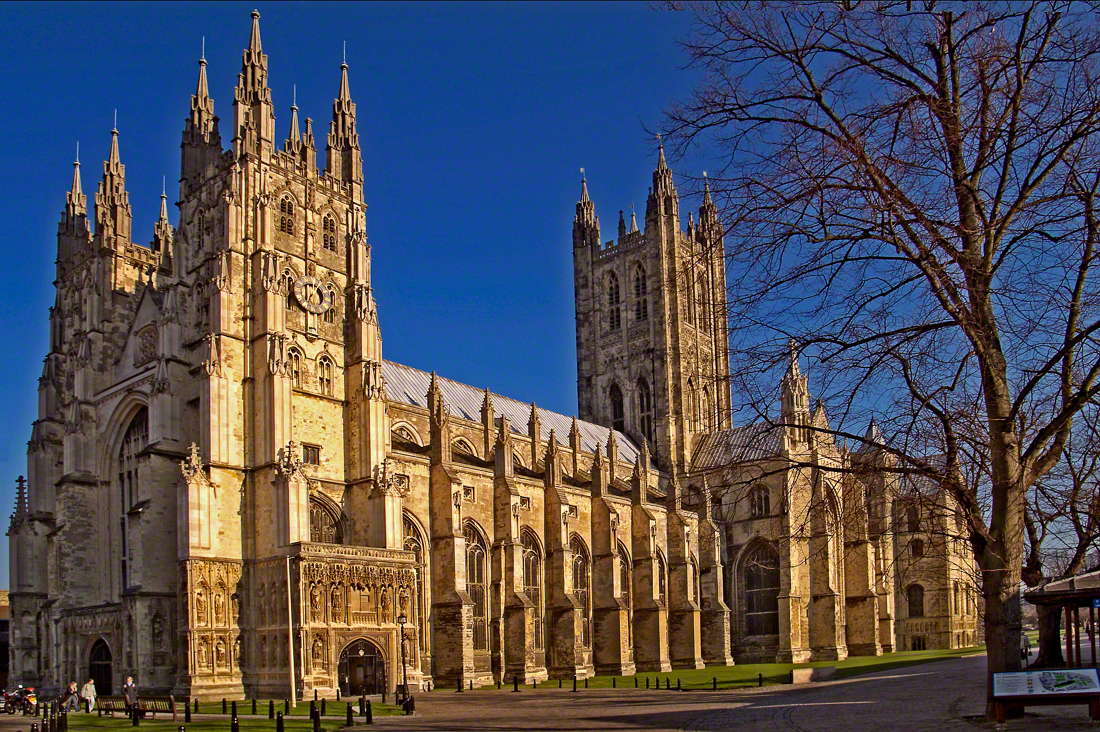When I was confirmed into the Anglican Church of North America (ACNA), the presiding Bishop gave a short sermon on the virtues of “mere Christianity.” I cannot remember if he used those words exactly. But I do remember him stating, with startling vigor for an Anglican Bishop, that we should desire that people become Christians not Anglicans. His point, of course, was fidelity to Jesus Christ far outstrips in importance fidelity to Canterbury or GAFCON. But as a prospective confirmand awaiting my anointing, I was conflicted. “Yes,” I rebutted in my head, “but shouldn’t I be committed to the Anglican church? Don’t I think, by my very decision to be confirmed, that Anglicanism is a preferable, perhaps the best, expression of Christianity? If so, shouldn’t I want people—everyone—to become Anglican?” There’s no zeal like a convert, after all.
Login to read more
Sign in or create a free account to access Subscriber-only content.
